|
Healthy fats are essential for good health. However, some fats can be extremely unhealthy. When using fats, it is important to differentiate between healing fats and toxic fats. Healing fats are nutritious fats that are anti-inflammatory and supply the body with energy and building blocks for different tissues. On the other hand, toxic fats are highly inflammatory and can contribute to a series of health problems. Learning which fats to stay away from and what healthy fats to incorporate in your diet may be one of the most important dietary strategies you implement into your life. Fat research is clear: Two recent studies completely debunked the arguments for a low-fat, high-carb diet. In an August 2017 study published in the Lancet, scientists concluded "a high carbohydrate intake was associated with an adverse impact on total mortality, whereas fats including saturated and unsaturated fatty acids were associated with lower risk of total mortality and stroke. We did not observe any detrimental effect of fat intakes on cardiovascular disease events". And, a September 5, 2017 study agreed, finding that a high-fat, low-carb ketogenic diet extends longevity and promotes health. Now here is the KEY: For fats to provide these health benefits, you must incorporate healing fats, rather than bad fats, into the diet. To do this you must first be able to identify healing fats and bad fats. It is also important to distinguish saturated and unsaturated fats, non-animal fats and animal fats, and fats for hot uses and fats for cold uses. Below is a simple list of some of the best healing fats. Healing non-animal fats:
Healing animal fats:
Healing fats provide building blocks for cell membranes and hormones. They also function as carriers for important fat-soluble vitamins such as vitamins A, D, E, and K and aid in the absorption of minerals. Healing fats are essential for a healthy body and lifestyle. Let’s look more closely at several healing fats. A Few Words About Omega 3 & 6 In short, boost 3 reduce 6! Omega-3 fatty acids are polyunsaturated fats found in fatty fish such as salmon and sardines. They are also found in walnuts and some seeds, such as chia seeds. They are liquid at room temperature. They reduce inflammation and lower the risk of chronic diseases including heart disease, cancer, and arthritis. Omega-3 fatty acids can help lower triglycerides and apoproteins (markers of diabetes), and raise HDL (“good” cholesterol) levels. Omega-3 fats are also essential for brain and eye health. When in the correct balance with omega-3 fats, omega-6 fats are healing fats. Like omega-3 fatty acids, omega-6 fatty acids are polyunsaturated fats. There are healthy and unhealthy sources of omega-6 fats. Healthy sources include sunflower seeds, wheat germ, sesame seeds, and walnuts. When eaten in the ideal ratio with omega-3 fats (between 4:1 and 1:1), these omega-6 fats promote health. NOTE: Unfortunately, most Americans follow the Standard American Diet (SAD) and consume a much larger amount of oxidized omega-6 fatty acids found in corn and soybeans. How To Cook With Oils Healthy Fat Bonus Another excellent way to add healing fats to your diet is to include them in smoothies. Healing fats that are delicious in smoothies include:
Worst Fats The most common sources of unhealthy fats are man-made saturated fats and highly processed unsaturated fats. Man-made saturated fats, including trans fats, are extremely harmful. Unsaturated processed oils, such as vegetable oil, canola oil and corn oil, oxidize easily and are never healthy.
0 Comments
Want to Balance Your Blood Sugar?
Below are 12 great foods to help you balance your blood sugar levels naturally. Carbs, processed foods, and many sugars throw off our ability to have stable blood sugar levels which can drive up inflammation, throws off hormones, and reduces our health and vitality overall. It is highly suggested to take steps to balance your blood sugar so you can improve your health. For more details regarding these 12 foods, scroll down. Here is the list:
1. Coconut Coconut is an all-around superfood and probably one of the best things to eat regularly. Try coconut oils, coconut butter, coconut flakes, coconut milk and even coconut flour. Coconut is an excellent source of healthy fats, especially MCT (medium chain triglycerides). Coconut also contains healthy fiber which is excellent for stabilizing blood sugar when combined with other sources of carbs. 2. Turmeric The compounds in turmeric have been shown to improve insulin sensitivity which allows the body to deliver glucose to cells more effectively and prevent massive fluctuations in the blood. Try to make Turmeric a stable of your diet. Furthermore, turmeric has been shown to act on the liver to regulate epigenetic (activation of genes) and enzymatic factors that all work together to stabilize blood sugar and triglyceride levels in people with diabetes. 3. Cinnamon Cinnamon is an underrated superfood. Not only is it one of the most antioxidant-rich foods on the planet, but it tastes amazing and is excellent for stabilizing blood sugar. Cinnamon may also be helpful for fighting candida, which can be another consequence of a high sugar intake. Cinnamon improves insulin sensitivity and allows glucose to be transported from the blood and into the cells much more efficiently. There are generally two types of cinnamon that can be found in stores; cassia and Ceylon. Ceylon is considered to be more effective for stabilizing blood sugar. Additionally, Ceylon contains drastically lower amounts of a compound called coumarin, which is suspected to have undesirable effects on the liver when consumed in large amounts on a regular basis. 4. Raw Chocolate Chocolate in its raw form is one of the most nutritious foods on the planet. It is packed with antioxidants, minerals like magnesium and chromium, and can even be a decent source of vitamin C. Chromium helps to improve the function of insulin to stabilize blood sugar and can also help reduce sugar cravings. The key here is to only buy raw chocolate or “cacao” as it would be written on the label. We need to ensure the highest nutrient density and therefore greatest potential for beneficial effects. 5. Organic Coffee Coffee contains an impressive array of antioxidant compounds and nutrients that help to boost brain function, increase fat burning, and protect the body from a whole list of chronic diseases from heart disease to cancer. But, it must be high-quality organic coffee in moderate amount, 1-3 cups a day, preferably in the AM. 6. Green Tea Don't like coffee? Try organic green tea. Green tea is loaded with its own array of powerful antioxidants that help to fight inflammation, cancer, and all-cause mortality. The primary active component that is thought to be responsible for these benefits is the compound call Epigallocatechin gallate. It can also improve fat burning and helps to stabilize blood sugar and can protect you from diabetes and heart disease. For the most concentrated benefits from green tea try matcha green tea. 7. Apple Cider Vinegar Apple cider vinegar is a fairly cheap way of balancing blood sugar that can be used in many ways. It contains acetic acid which helps to control fluctuations in blood sugar when combined with meals. Additionally, using apple cider vinegar may improve fat burning, improve digestion, and reduce carbohydrate cravings. Try consuming a small amount of apple cider vinegar before meals or find ways to incorporate it into meals. 8. Lemons & Limes Lemons and limes provide a blood sugar stabilizing effect due to their naturally occurring citric acid. Citric acid behaves similarly to acetic acid by helping to lower the glycemic load of meals. 9. Avocados They are loaded with minerals, fiber, and healthy fats that all help to stabilize blood sugar levels. Avocados are also a significant source of B vitamins which are important for energy production. They contain a special type of sugar molecule called D-mannoheptulose. In fact, this type of sugar may actually have the ability to lower insulin levels. 10. Olives & Olive Oil Olives and olive oil are an underestimated source of antioxidants that have been shown to protect the body from the damaging effects of diabetes such as neuropathy and heart disease. Additionally, olive oil contains oleocanthal which is a powerful anti-inflammatory that acts on the COX enzyme system that has been associated with helping to reduce cancer risk, heart disease, and many other chronic diseases. 11. Grass-Fed Butter Not only does it provide many fat soluble nutrients and healthy fats, but it also contains powerful metabolism boosting nutrients, namely conjugated linoleic acid (CLA). CLA is a long-chain fatty acid that is much more concentrated in grass-fed dairy products. CLA has been found to improve insulin sensitivity and balance blood sugar. 12. Pasture-Raised Eggs One of the most complete nutrient-dense foods you can eat. Additionally, eggs are a low-carb food so they have minimal impact on blood sugar. Pasture-raised eggs are also a good source of CLA, making them great for blood sugar control. Note: Some people can have sensitivities to eggs, which could cause a spike in blood sugar due to the release of cortisol. It's important to control your blood sugar. Try to incorporate some of these foods into your daily diet. Article source & references - click here. |
Author
DannyTheCoach Archives
January 2023
Categories
All
|


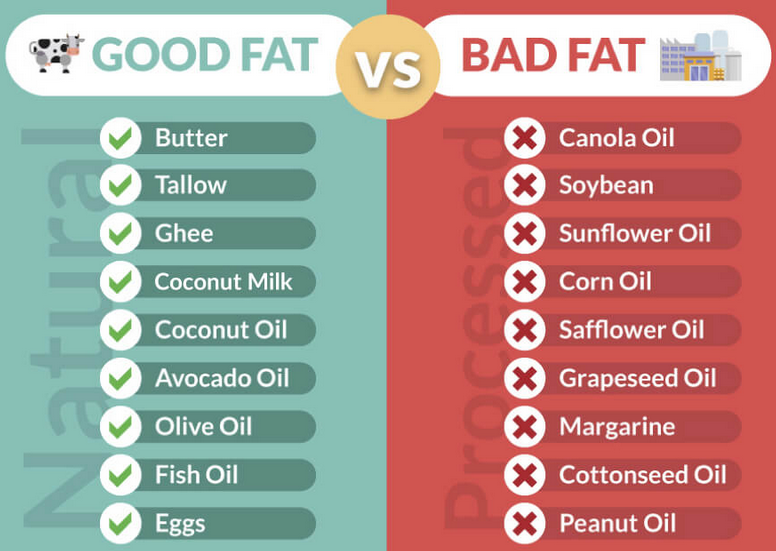
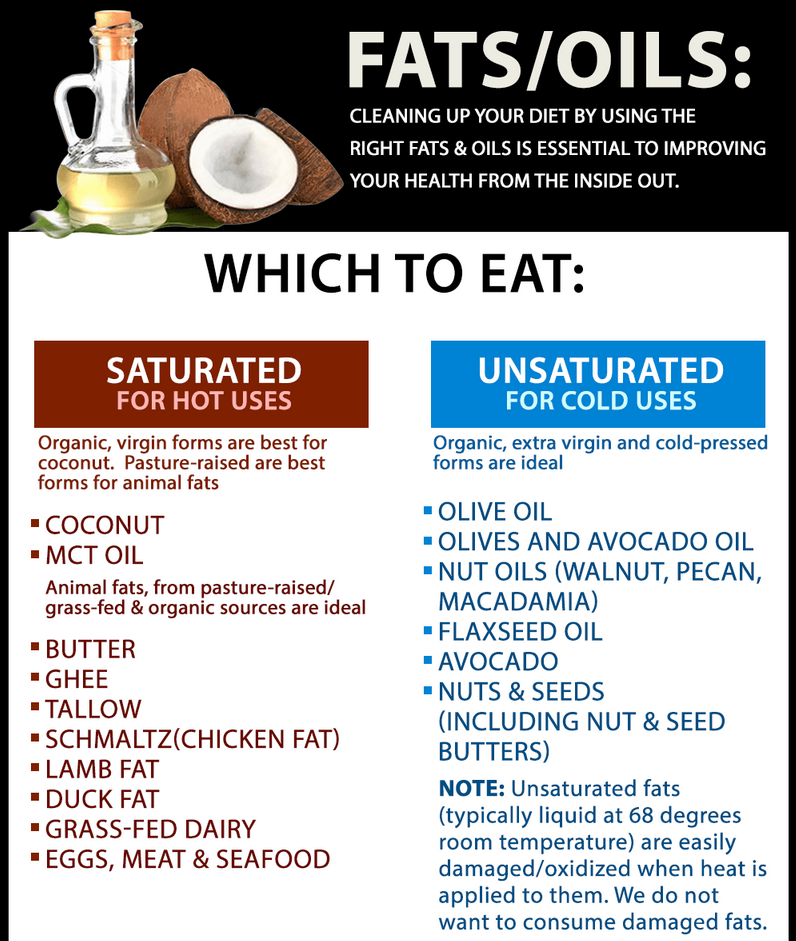
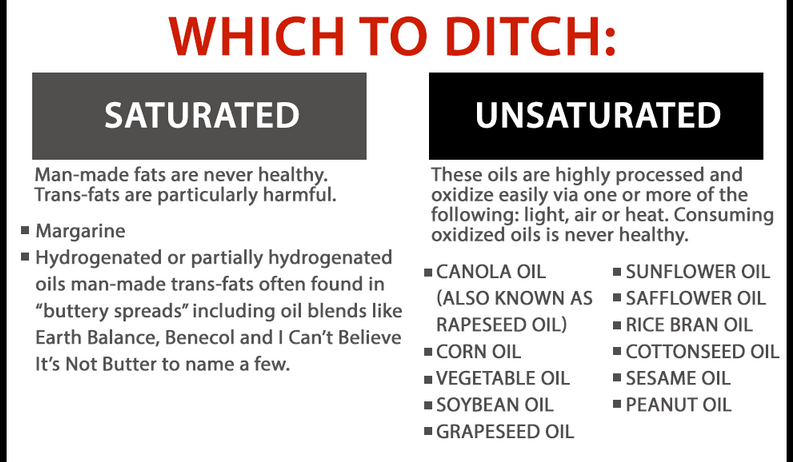
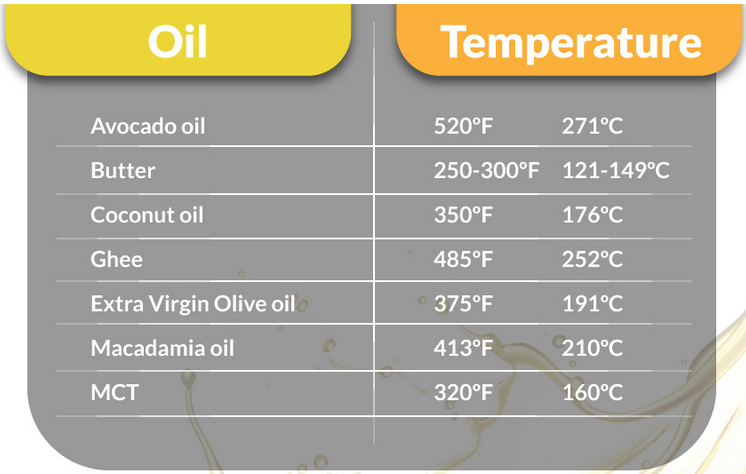
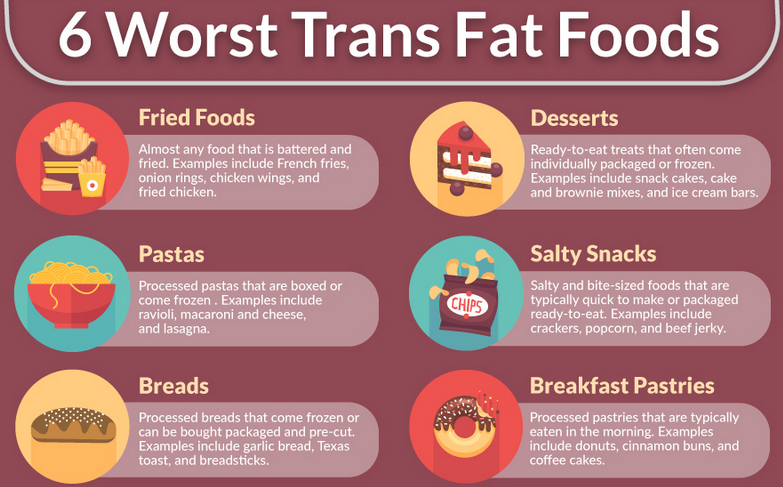
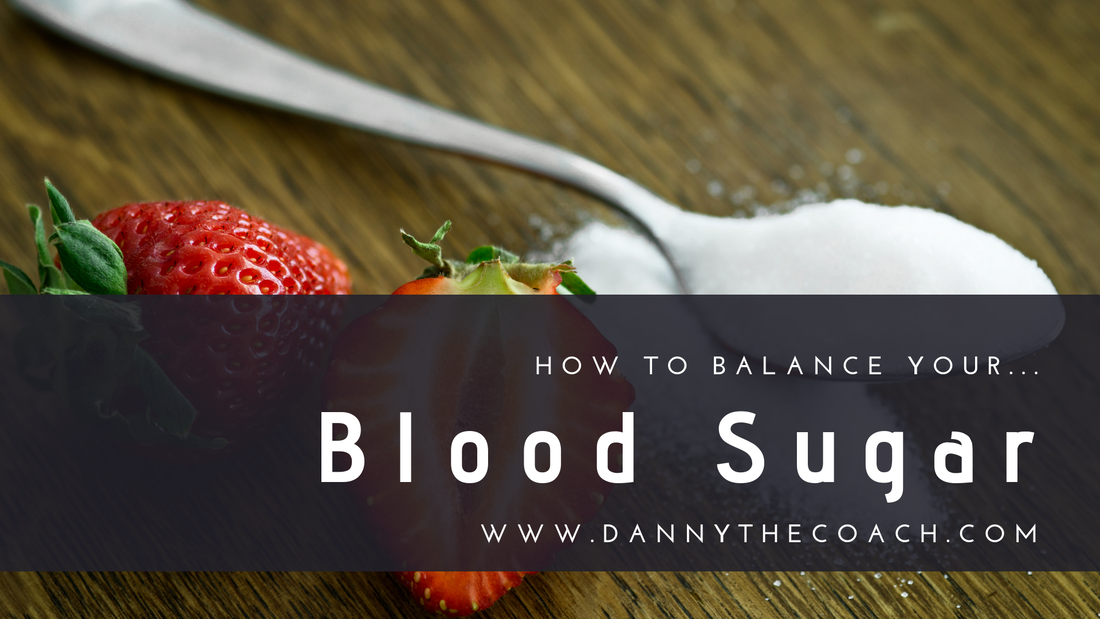
 RSS Feed
RSS Feed